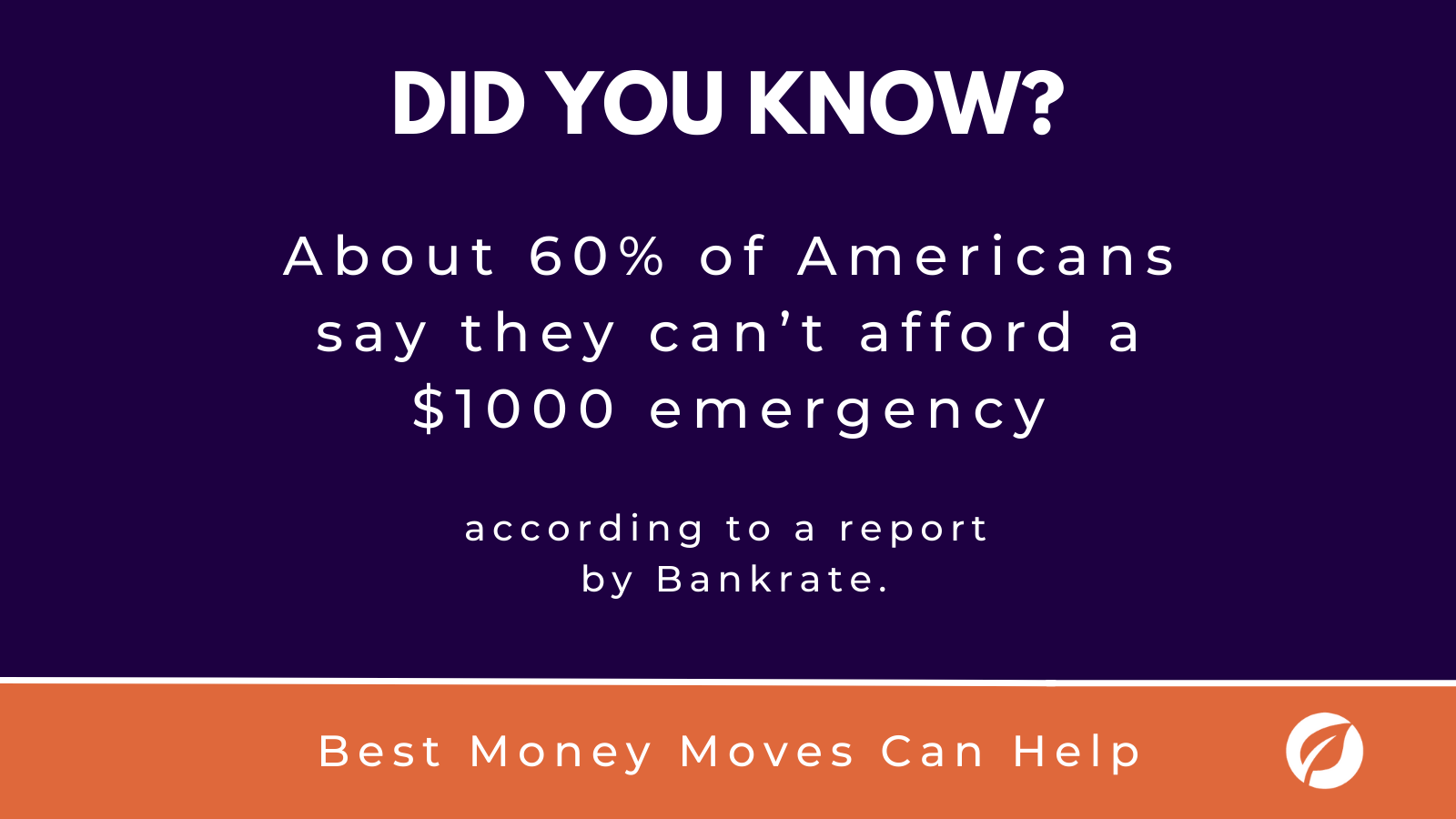3 ways companies can fight racial wealth inequality. Learn more about the effects of wealth inequality and how organizations nationwide are working to promote racial wealth equity.
Racial wealth inequality is a pervasive problem for American workforces. The median household income is around $101,418 for Asian households and $77,999 for White households, according to data from the U.S. Census Bureau. However, the median for Hispanic households is $57,981 and the median for Black households is $48,297.
Combating racial wealth inequality in the workplace requires time, resources and the participation of senior leadership. These three strategies target common sources of racial wealth inequality in order tp create a more equitable landscape for all employees.
1. Target housing inequality with mortgage resources and advising.
For many, homeownership is a guaranteed track toward building wealth — however, this pathway to wealth isn’t paved the same for all Americans. Today, the mortgage lending process continues to be entrenched with racial bias and discrimination — Black mortgage applicants are 80% more likely to be denied, compared to their White counterparts, according to the Center for Public Integrity. And if approved, Black homeowners are usually given costlier, higher-risk mortgages than their White counterparts — ultimately, leading to less wealth amassed over time.
Policymakers and the private sector have an opportunity to help create a more equitable path toward homeownership and obtaining a mortgage. For instance, some corporations have invested in employee financial benefits that support future homeowners, such as access to small-balance mortgage loans or down payment assistance programs. Other companies offer 1:1 financial advising, which can help employees compare mortgages. Together, these resources can help employees root out racial disparities in the homeownership process, like disproportionately worse mortgage loans.
2. Fight racial wealth inequality with student loan assistance.
Even years after graduation, many employees still battle looming student loan debt. However, Black and Brown employees tend to carry about 30% more student loan debt than their White counterparts, according to research by the U.S. Treasury Department. This is a result of compounded inequality; the lack of wealth for Black and Brown families doesn’t allow them to pay for college, which in turn forces many Black and Brown students to accumulate thousands in debt to pay for school.
Student debt follows many people into the full-time workforce; however, for Black and brown employees, it’s disproportionately more difficult to pay off student loans. For every dollar that Black families earn, White families earn $6, according to the Federal Reserve Bank of Minneapolis. Black and Brown families have less money to allocate for bills and other expenses, including student debt.
To help employees combat their student loan balance, companies have been investing in student loan repayment benefits. For instance, some firms offer a match assistance program, where as long as employees make contributions to their student loan balances, their employer will also contribute a certain percentage toward repayment. This assistance can accelerate employees’ path toward becoming debt-free and increasing their overall wealth.
3. Contribute to employees’ emergency funds.
A key element of financial wellness is the ability to cover emergency expenses. About 60% of Americans say they won’t be able to afford a $1,000 emergency, according to a 2023 Bankrate report, without going into debt. This inability to afford a $ 1,000 emergency is a huge indicator of poor financial wellness, moreover, it can leave Americans at risk for more debt.
Although debt affects all Americans, it affects Black and brown Americans differently. According to the Aspen Institute Financial Security Program (FSP), Black and brown employees are more likely to face negative consequences for their looming debt, such as bankruptcy, debt collection lawsuits and poor mental health.
Sometimes creditors or debt collectors will resort to lawsuits in an attempt to collect owed money — generally about 15% of debts are sued by a creditor or debt collector regarding unpaid funds. However, according to the Aspen Institute FSP, the majority of the debtors sued for unpaid funds identified as either Black or Latinx.
Companies across the nation have presented several solutions that can aid employees during financial emergencies. For instance, some have increased employees’ access to affordable loans and lines of credit by investing in financial wellness solutions. Other companies have invested in emergency funds (also known as rainy day funds) for employees — these funds are designed to help employees save for, and afford, a financial emergency, without having to go into debt or dip into their 401(k) savings.
Looking for a financial wellness program fit for all? Consider Best Money Moves.
Best Money Moves is a mobile-first financial wellness solution designed to help dial down employees’ most top-of-mind financial stresses. As an easy-to-use financial well-being solution, Best Money Moves offers comprehensive support toward any money-related goal. With 1:1 money coaching, budgeting tools and other resources, our AI platform is designed to help bolster employee financial wellbeing.
Whether it be paying off debt or securing a mortgage, Best Money Moves can guide employees through the most complex financial times and topics. We have robust benefits options for employers, regardless of their benefits budget.
Our dedicated resources, partner offerings and 700+ article library make Best Money Moves a leading benefit in bettering employee financial wellness.
To learn more about Best Money Moves Financial Wellness Platform, let’s schedule a call. Contact us and we’ll reach out to you soon.






